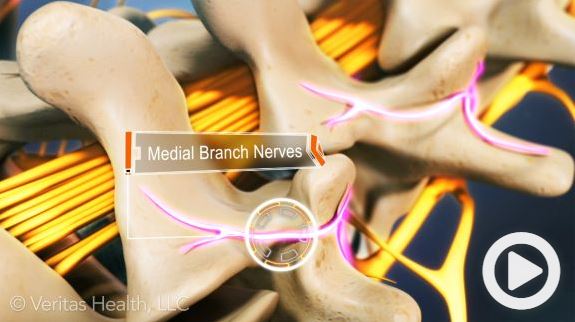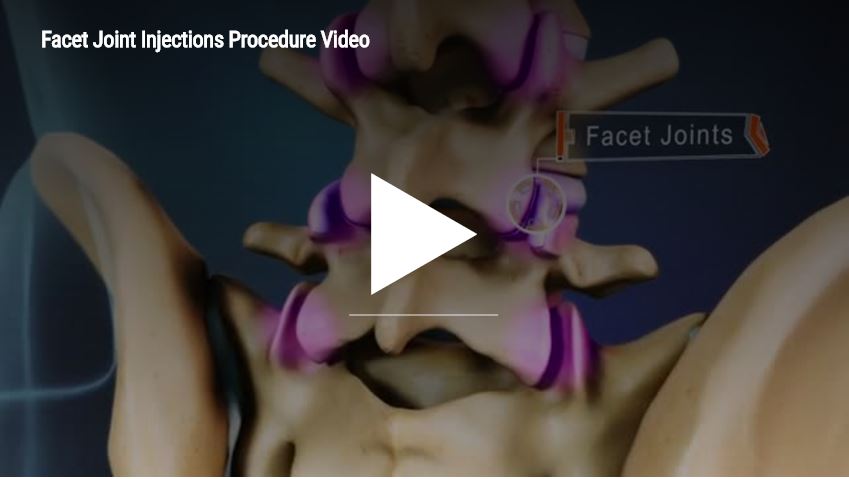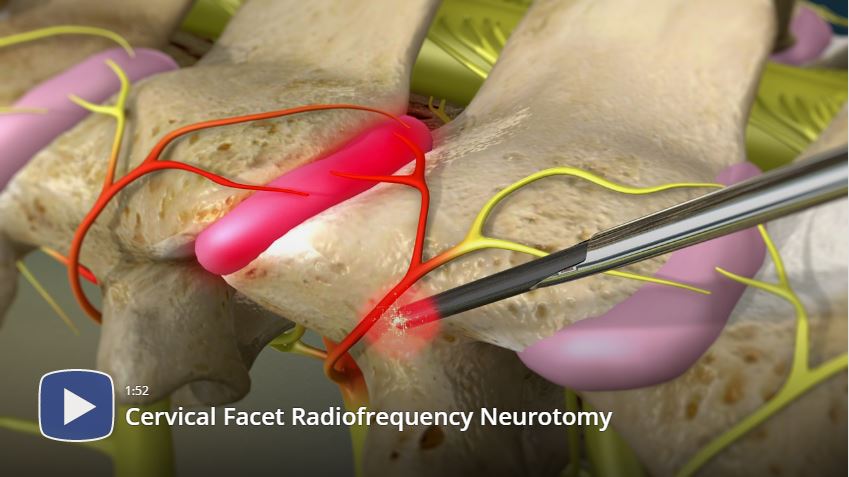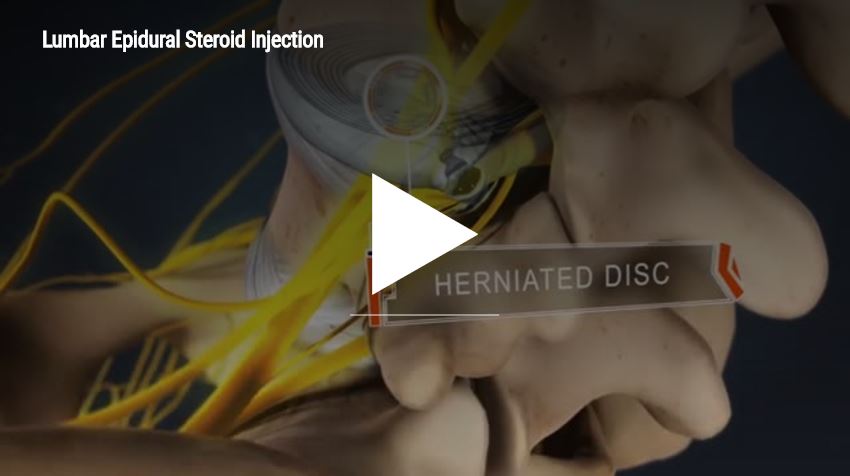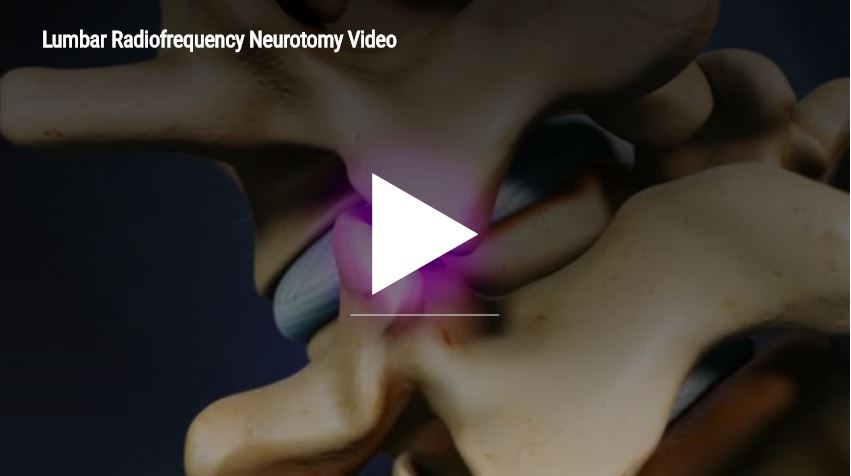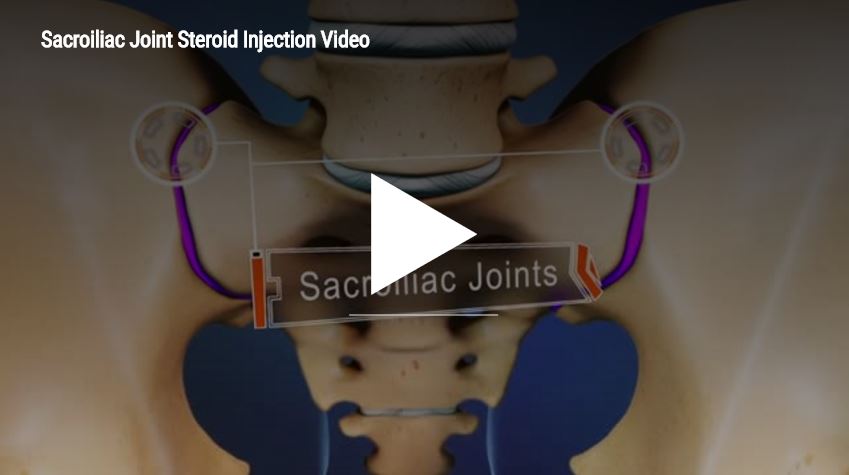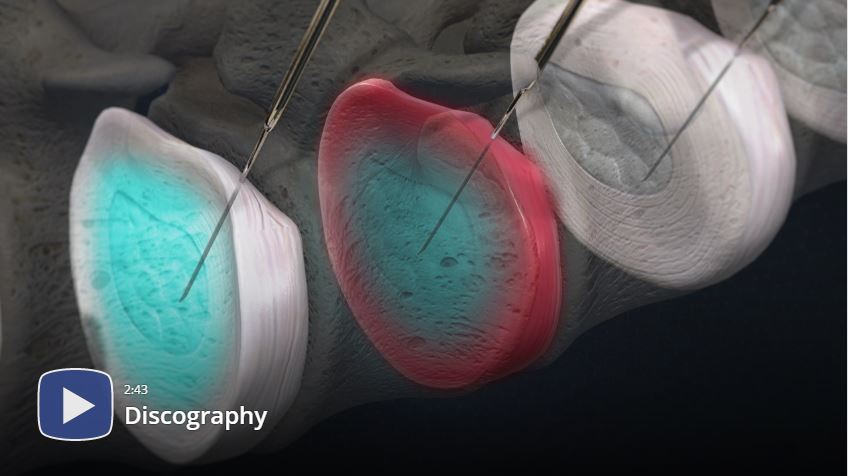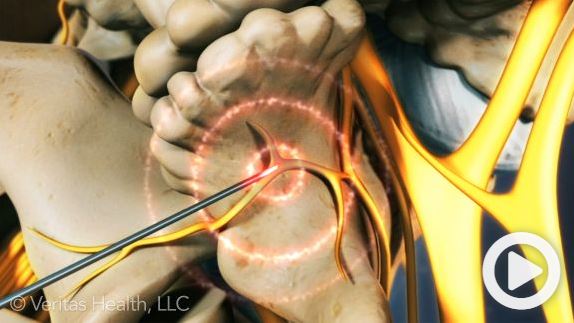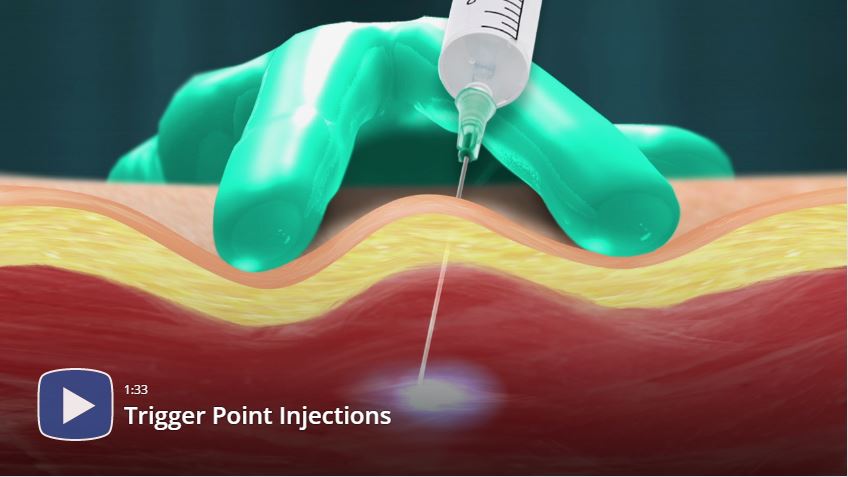
PROCEDURES
Cervical Epidural Steroid Injection & Thoracic Epidural Steroid Injection Procedures:
These injections treat pain caused by irritation of nerves originating in the neck and upper back as a result of degenerative or herniated discs. The injection delivers a potent dose of anti-inflammatory medication directly into the epidural space next to the painful and inflamed nerve. Procedures are done using fluoroscopic guidance for safety and quality purposes.
Cervical Medial Branch Nerve Blocks:
These injections help your doctor determine whether your neck pain originates from painful and arthritic facet joints. This is sometimes referred to as degenerative joint disease, spondylosis, or arthritis of the spine. These arthritic joints receive pain signals from medial branch nerves. Local anesthetic injection to these nerves confirms whether your pain is coming from your facet joints or not. Your doctor may proceed with more definitive treatments such as radiofrequency ablation if these nerve blocks help. Procedures are done using fluoroscopic guidance.
Cervical and Thoracic Facet Joint Injections:
These injections treat pain due to painful and arthritic facet joints (degenerative joint disease, spondylosis, arthritis). Local anesthetics along with an anti-inflammatory medication are injected into the small facet joints to decrease inflammation and pain. Procedures are done using fluoroscopic guidance.
Radiofrequency Ablation of the Cervical Facets:
This procedure treats pain due to painful and arthritic facet joints after the origin of the pain has been confirmed by cervical medial branch nerve blocks. A special needle is advanced to the cervical medial branch nerves (which are small nerves which transmit pain from the facet joints). A probe which emits radiofrequency energy is placed inside the needle to deactivate pain sensation from those nerves. Procedures are done using fluoroscopic guidance and can provide relief for over a year.
In this procedure, a thin electrode is introduced into the epidural space of the spine and advanced to the appropriate level of the spinal cord. The electrodes are connected to a control unit which delivers electronic impulses to the spinal cord, interrupting the transmission of pain. The electrodes are kept in place for up to a week. If pain relief is significant, then a more permanent stimulator can be implanted. Procedures are done using fluoroscopic guidance.
Occipital Nerve Blocks:
These injections treat occipital neuralgia which is a common type of headache. The injection introduces a dose of local anesthetics along with an anti-inflammatory medication to the inflamed nerves. Procedure can be done with or without fluoroscopic guidance depending on the specific nerve involved. Some common nerves involved would be Greater occipital, Lesser occipital, or Third occipital nerves.
PROCEDURES FOR BACK PAIN/LOWER EXTREMITY PAIN
Lumbar Epidural Steroid Injection:
These injections treat the pain caused by irritation of nerves originating in lower back as a result of degenerative or herniated discs. The injection delivers a potent dose of anti-inflammatory medication directly into the epidural space close to the painful and inflamed nerves. Procedures are done using fluoroscopic guidance.
Lumbar Facet Joint Injections:
These injections treat pain due to painful and arthritic facet joints (degenerative joint disease, spondylosis, arthritis). Local anesthetics along with an anti-inflammatory medication are injected into the small facet joints to decrease inflammation and pain. Procedures are done using fluoroscopic guidance.
Lumbar Medial Branch Nerve Blocks:
These injections help your doctor determine whether your back pain originates from painful and arthritic facet joints. This is sometimes referred to as degenerative joint disease, spondylosis, or arthritis of the spine. These arthritic joints receive pain signals from medial branch nerves. Local anesthetic injection to these nerves confirms whether your pain is coming from your facet joints or not. Your doctor may proceed with more definitive treatments such as radiofrequency ablation if these nerve blocks help. Procedures are done using fluoroscopic guidance.
Lumbar Facet Radiofrequency Ablation:
This procedure treats pain due to painful and arthritic facet joints after the origin of the pain has been confirmed by Lumbar medial branch nerve blocks. A special needle is advanced to the Lumbar medial branch nerves (which are small nerves which carry pain from the facet joints). A probe which emits radiofrequency energy is then placed inside the needle to deactivate pain sensation from those nerves. Procedures are done using fluoroscopic guidance and can provide relief for over a year.
In this procedure, a thin electrode is introduced into the epidural space of the spine and advanced to the appropriate level of the spinal cord. The electrodes are connected to a control unit which deliver electronic impulses to the spinal cord, interrupting the transmission of pain. The electrodes are kept in place for up to a week, and if relief is significant, then a more permanent stimulator can be implanted. Procedures are done using fluoroscopic guidance.
Diagnostic Lumbar Discography:
This procedure is done in cases of multiple torn or degenerated discs to confirm that pain originates from the disc and to identify the exact disc which is causing the pain. Once this disc is identified, the patient and the doctor can proceed with more definitive treatments.
Coccyx/Ganglion Impar injections:
These procedures are done to treat cases of tailbone and/or anal pain. Depending on the likely source of pain, a needle is introduced either on, in, or slightly through the sacrococcygeal joint above the tailbone to inject the inflamed ligaments, joint, or nerves of the Ganglion Impar with a combination of local anesthetics and anti-inflammatory medications. Procedures are done using fluoroscopic guidance.
Sacral Lateral Branch Nerve Blocks:
These injections help your doctor determine whether pain in the Sacroiliac joint and/or Sacrum are carried by the Lateral branches. If local anesthetic injection to these nerves help your pain, then more definitive procedures may be performed. Procedures are done using fluoroscopic guidance.
Sacral Radiofrequency Ablation:
This procedure treats pain originating from the Sacroiliac joint and/or Sacrum after the Lateral sacral branches have been confirmed by Sacral lateral branch nerve blocks to be the nerves transmitting the pain. A special needle is advanced to the Lateral sacral branches (which are small nerves which carry pain from the Sacrum and Sacroiliac joints). A probe which emits radiofrequency energy is then placed inside the needle to deactivate pain sensation from those nerves. Procedures are done using fluoroscopic guidance and can provide relief for over a year.
Genicular Nerve Blocks:
These injections help your doctor determine whether pain in the knee is carried by the Genicular nerves. If local anesthetic injection to these nerves block the pain signals, then you and your doctor can proceed with more definitive treatments. Procedure is done using fluoroscopic guidance.
Genicular Radiofrequency Ablation:
This procedure treats chronic knee pain after the Genicular nerves have been confirmed by Genicular nerve blocks to be the nerves transmitting the pain. A special needle is advanced to the Genicular nerves, then a probe that emits radiofrequency energy is placed inside the needle to deactivate pain sensation from those nerves. Procedure is done using fluoroscopic guidance and can provide relief for over a year.
PROCEDURES FOR MUSCULOSKELETAL ULTRASOUND GUIDED INJECTIONS
Peripheral Nerve Blocks:
Ultrasound-guidance allows providers to directly see peripheral nerves, resulting in better outcomes when performing nerve blocks to Suprascapular, Median, Ulnar and/or Peroneal nerves.
Peripheral Joint Injections:
Ultrasound-guidance allows providers to directly see the joints which they are injecting. This results in better outcomes when performing injections of the shoulder, elbow, wrist, hip, knee and ankle.
Viscosupplementation:
Ultrasound-guidance allows providers to directly see the joints which they are injecting. This results in better outcomes when performing Hyaluronic acid (Synvisc, Hyalgan, Supartz) injections.





